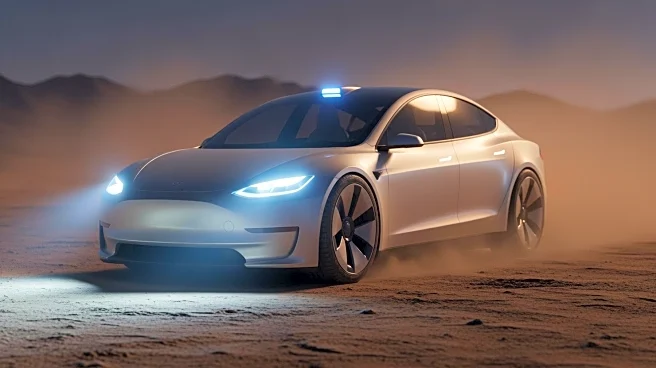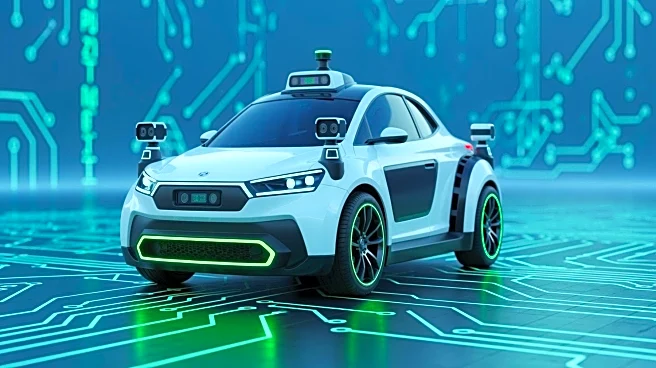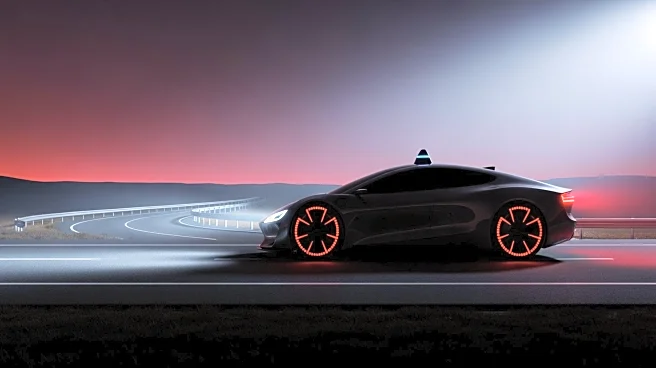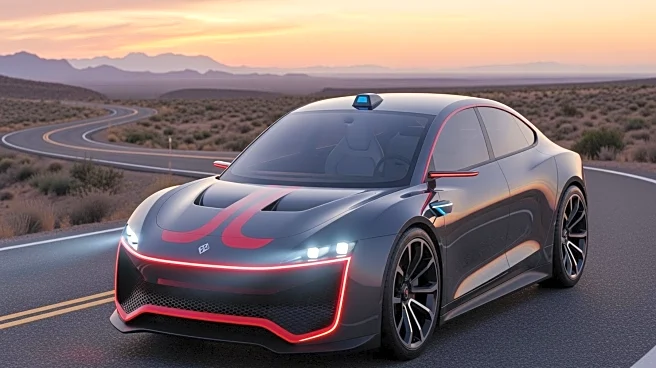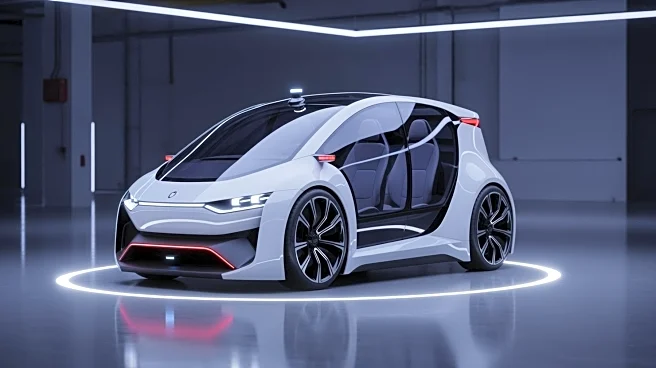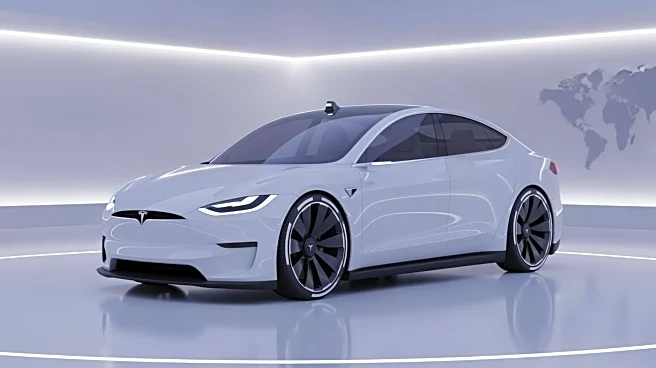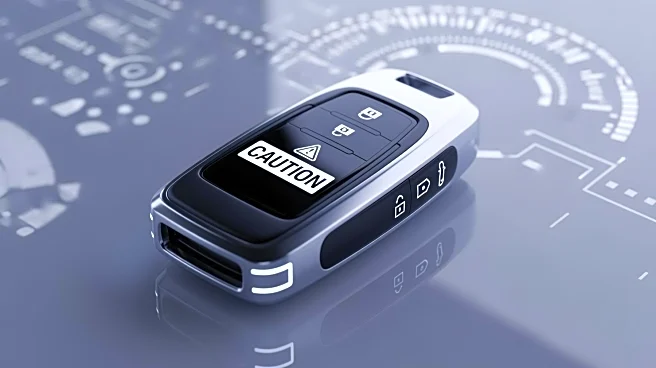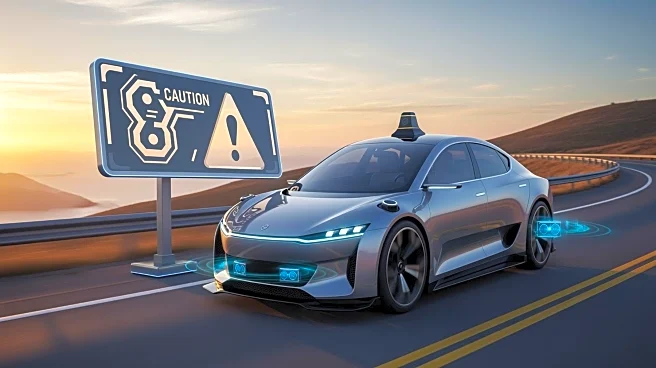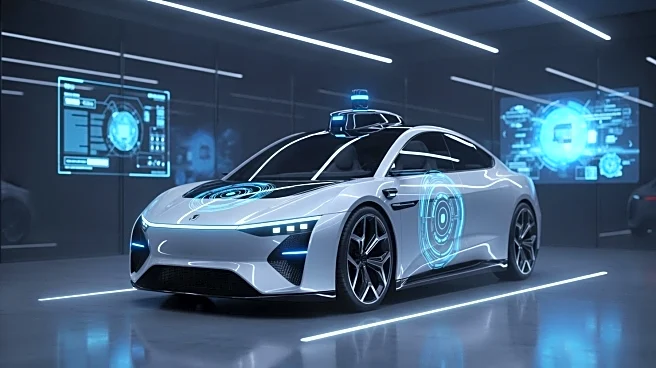What's Happening?
Tesla has updated its Full Self-Driving (FSD) system to include a new 'Mad Max' mode, which allows for more aggressive driving, including higher speeds and swift lane changes. This mode is the most assertive
setting available, surpassing the previous 'Hurry' mode. The 'Mad Max' mode, named after a post-apocalyptic film series, was first introduced in 2018 and has been a topic of debate due to its name and implications. Currently accessible to Early Access testers, the mode enables faster acceleration and more determined driving through traffic, with speeds reaching up to 85 mph. Tesla enthusiasts have expressed appreciation for the enhanced speed and power, viewing it as a significant advancement in Tesla's autonomous driving capabilities.
Why It's Important?
The introduction of 'Mad Max' mode represents a bold step in Tesla's pursuit of fully autonomous driving technology. By allowing more aggressive driving, Tesla is demonstrating increased confidence in its FSD system's decision-making capabilities. This development could accelerate the adoption of autonomous vehicles by showcasing their ability to handle complex driving scenarios. However, it also raises safety concerns, as higher speeds and aggressive maneuvers may increase the risk of accidents. The mode's reception among users suggests a demand for more dynamic driving experiences, which could influence future updates and innovations in autonomous driving technology.
What's Next?
Tesla is likely to continue refining its FSD system, incorporating user feedback to enhance safety and performance. The 'Mad Max' mode may undergo further testing and adjustments before wider release. Regulatory bodies may scrutinize the mode's implications for road safety, potentially leading to discussions on the legal and ethical aspects of aggressive autonomous driving. Tesla's advancements in FSD technology could prompt competitors to accelerate their own developments, influencing the broader landscape of autonomous vehicle technology.
Beyond the Headlines
The introduction of 'Mad Max' mode raises questions about the ethical considerations of autonomous driving technology. It challenges the balance between innovation and safety, as aggressive driving modes may conflict with public safety concerns. The mode's name and implications could spark debates on the cultural impact of autonomous vehicles and their role in shaping future transportation norms. As Tesla continues to push boundaries, the industry may need to address the ethical responsibilities of deploying advanced driving technologies.
